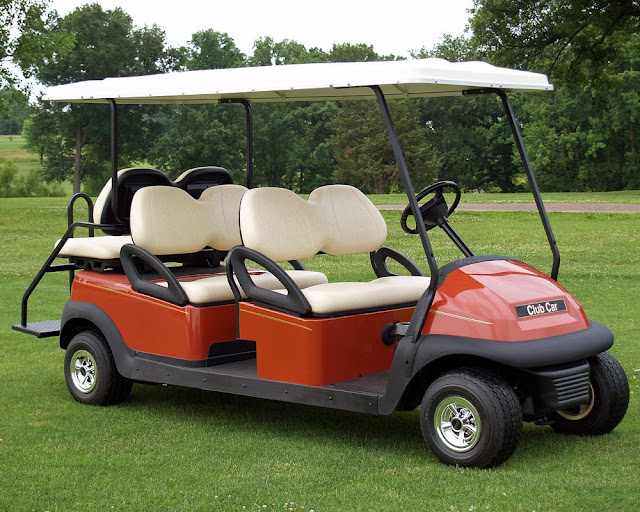Driving in Style: The Evolution of Golf Carts
Golf Cart
Golf
carts have come a long way since their humble beginnings as simple vehicles for
transporting golfers and their equipment around the course. The evolution of
carts has been driven by advancements in technology, changing consumer demands,
and a desire for greater convenience and style. The early carts were basic,
electric or gas-powered vehicles with a utilitarian design. They featured
simple seating, open-air platforms, and limited functionality. However, as the
popularity of carts expanded beyond the golf course, manufacturers began to
incorporate more features and design elements to cater to diverse needs. One
significant development in carts was the introduction of electric powertrains.
Electric carts gained popularity due to their quieter operation, lower
maintenance requirements, and reduced environmental impact.
According
to Coherent Market Insights, The global golf cart
market was valued at US$ 3,262.3 million in 2017 and is
projected to exhibit a CAGR of 6.3%
during the forecast period (2019–2027), reaching US$ 5,590.0 million by 2027.
The
shift to electric power also opened the door for innovations in battery
technology, allowing carts to travel longer distances and operate more
efficiently. As carts became more prevalent in non-golfing contexts,
manufacturers started focusing on enhancing their comfort and style. Modern
golf carts now feature ergonomic seating, improved suspension systems, and
advanced safety features such as seat belts and headlights. They often come
equipped with amenities like cup holders, storage compartments, and weather
protection accessories, ensuring a more enjoyable and convenient ride. Furthermore,
the evolution of golf carts has seen the integration of advanced technology. Many
modern carts are equipped with GPS systems, touchscreen displays, and Bluetooth
connectivity. These features enable golfers to navigate the course, track
distances, and even stream music or answer phone calls while driving.
Additionally,
some carts now incorporate regenerative braking systems, which capture and
store energy during deceleration, further improving their energy efficiency. In
recent years, there has been a growing demand for personalized and luxury
carts. Customization options allow owners to choose unique color schemes,
premium upholstery, and even add high-end accessories like sound systems or
mini-fridges. Luxury carts are designed to provide a comfortable and luxurious
experience, rivaling traditional car interiors in terms of style and amenities.
Beyond the golf course, these carts have found applications in various
settings, such as retirement communities, resorts, and industrial complexes.
They are used for transportation, security patrols, and even as eco-friendly
alternatives to traditional cars for short-distance commuting.




Comments
Post a Comment